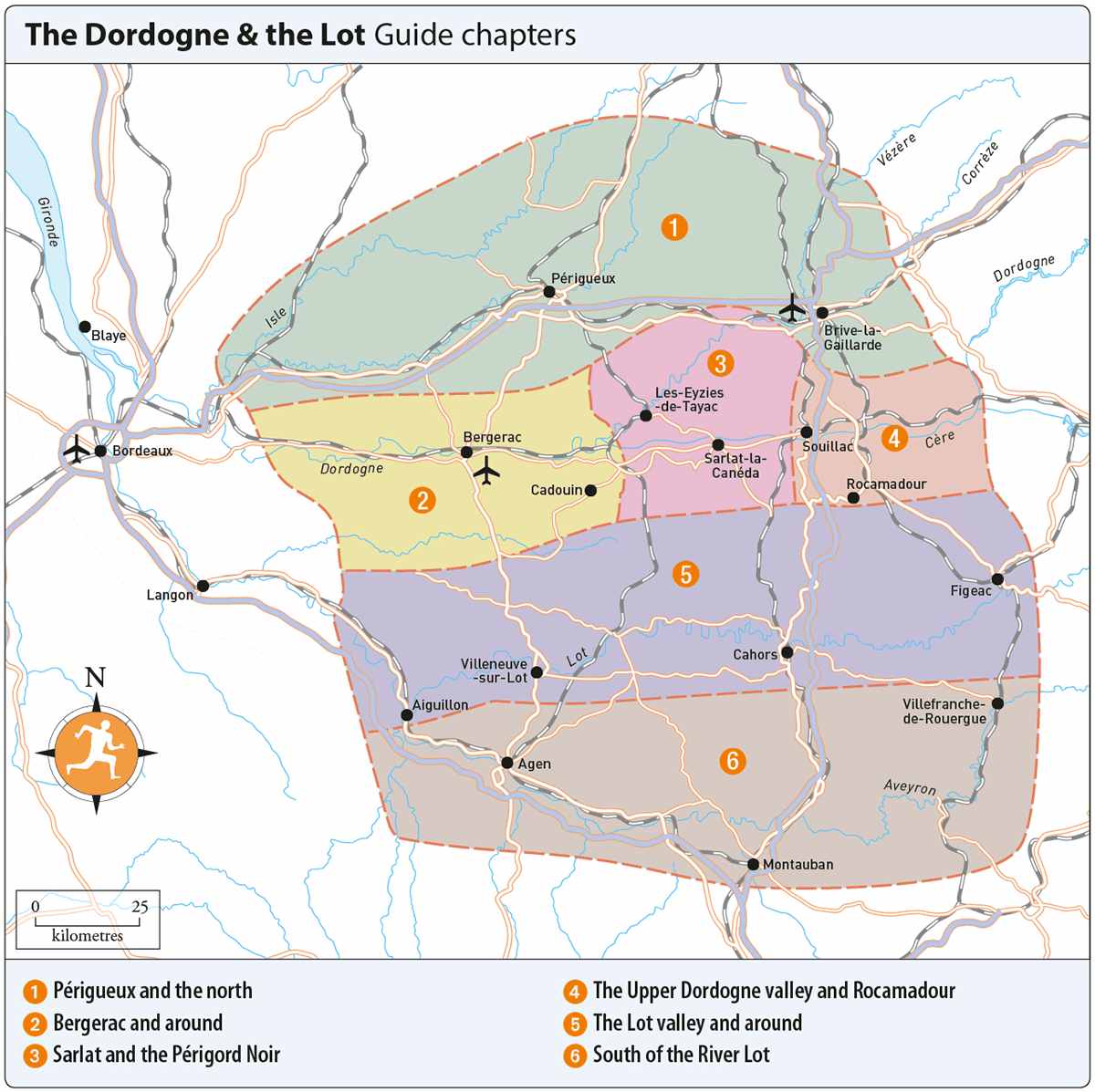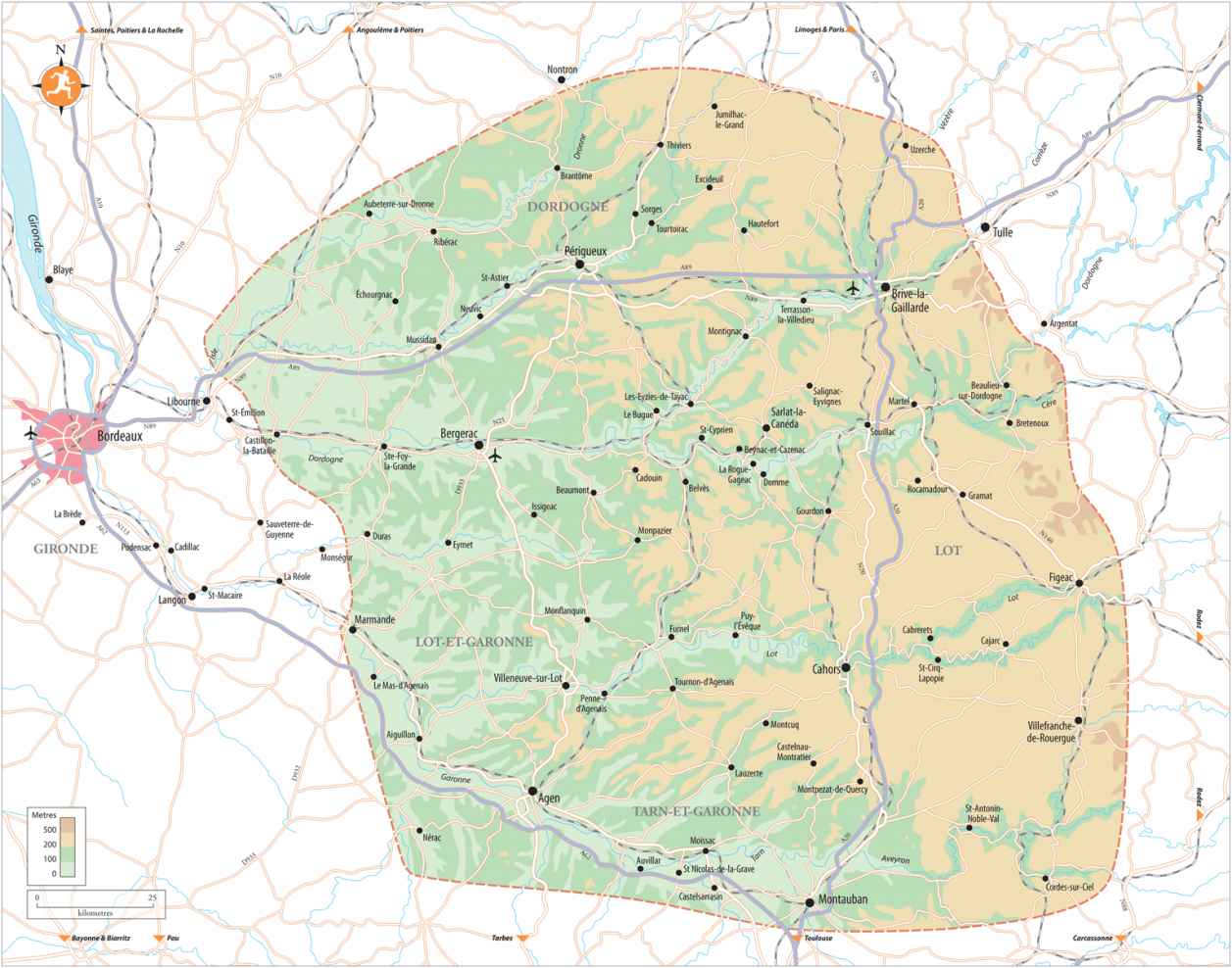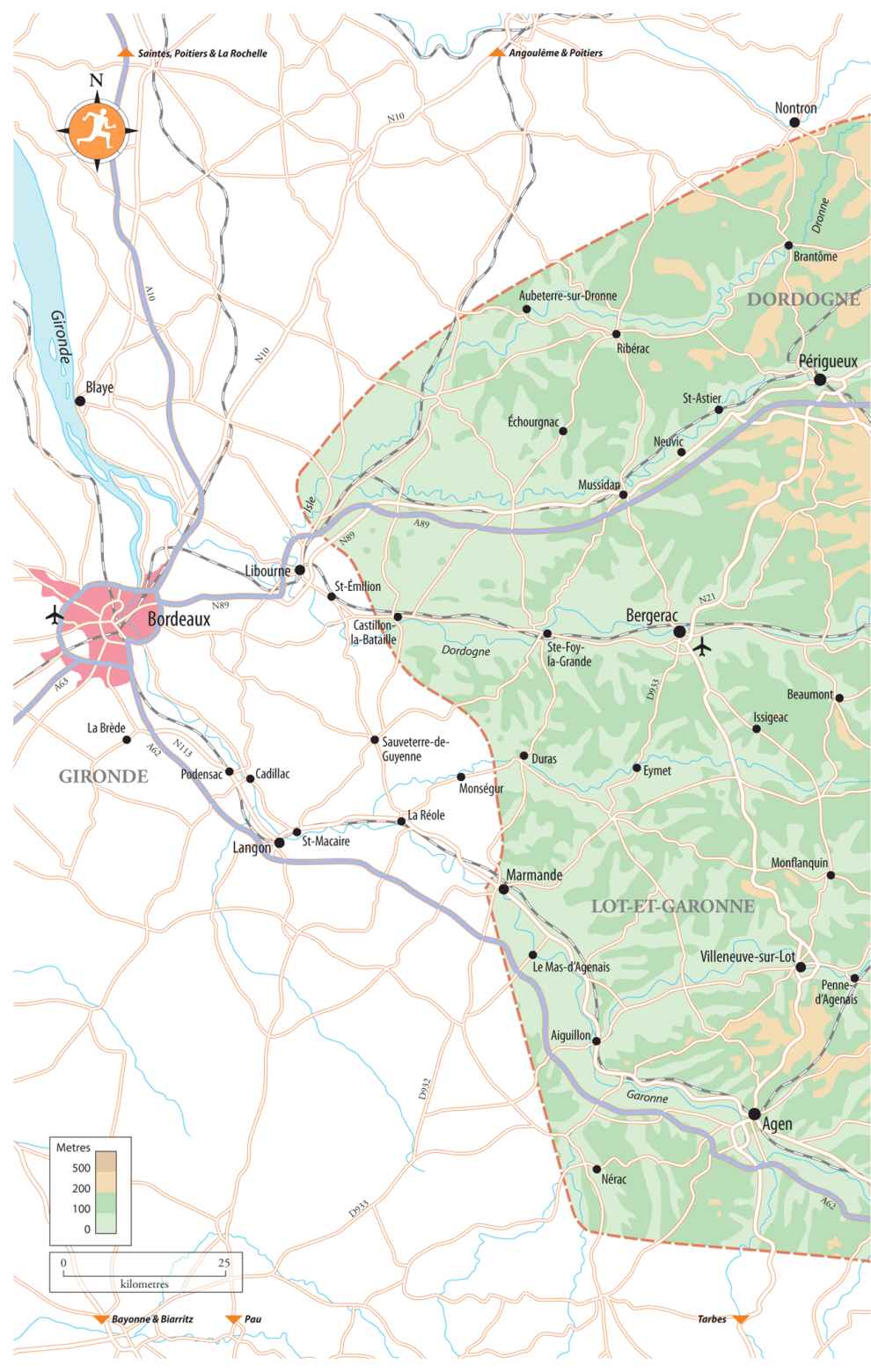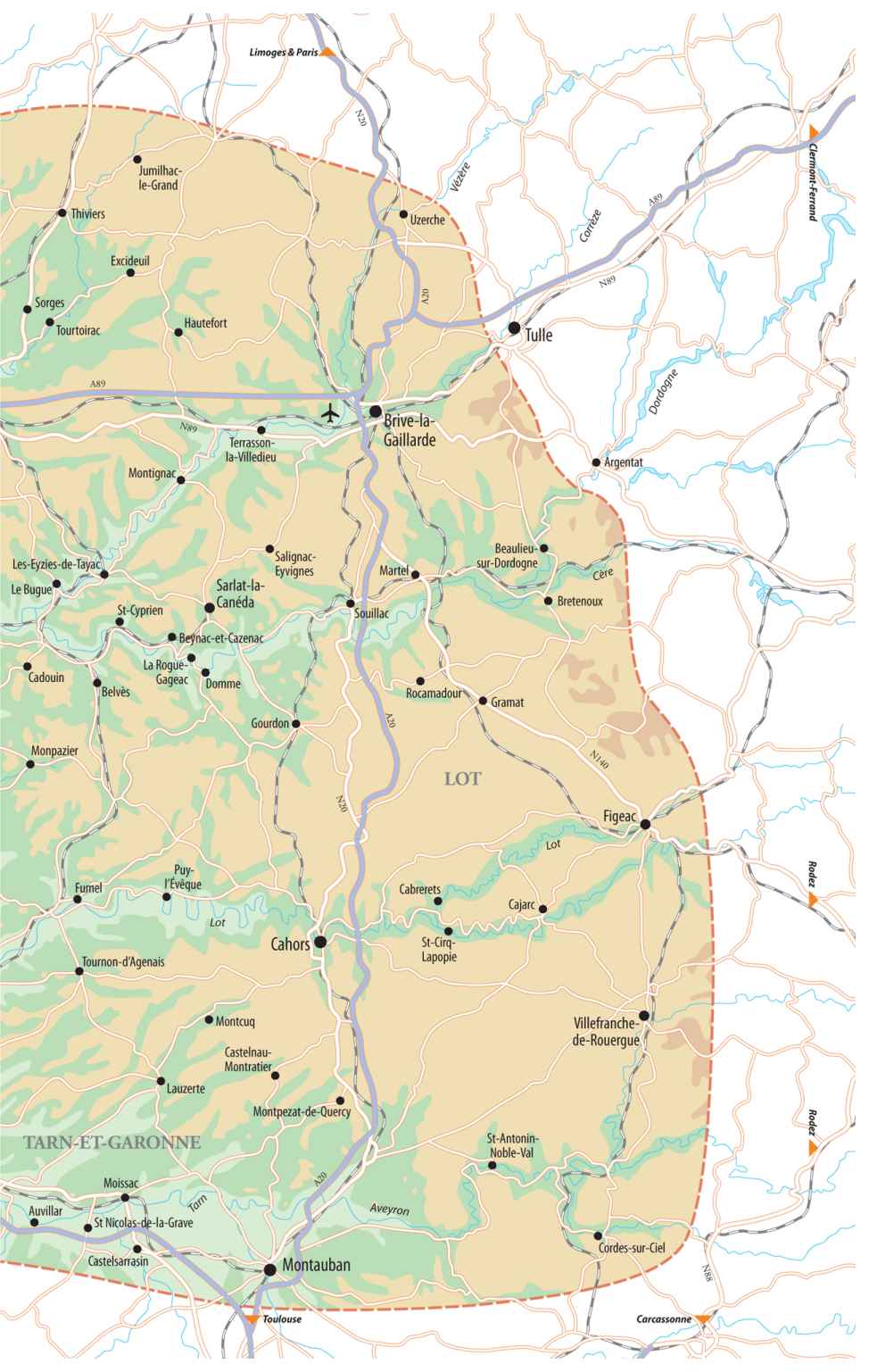HOW TO USE THIS ROUGH GUIDE EBOOK
This Rough Guide is one of a new generation of informative and easy-to-use travel-guide ebooks that guarantees you make the most of your trip. An essential tool for pre-trip planning, it also makes a great travel companion when youre on the road.
From the section.
Detailed area maps feature in the guide chapters and are also listed in the , accessible from the table of contents. Depending on your hardware, you can double-tap on the maps to see larger-scale versions, or select different scales. There are also thumbnails below more detailed maps in these cases, you can opt to zoom left/top or zoom right/bottom or view the full map. The screen-lock function on your device is recommended when viewing enlarged maps. Make sure you have the latest software updates, too.
Throughout the guide, weve flagged up our favourite places a perfectly sited hotel, an atmospheric caf, a special restaurant with the author pick icon  . You can select your own favourites and create a personalized itinerary by bookmarking the sights, venues and activities that are of interest, giving you the quickest possible access to everything youll need for your time away.
. You can select your own favourites and create a personalized itinerary by bookmarking the sights, venues and activities that are of interest, giving you the quickest possible access to everything youll need for your time away.
INTRODUCTION TO THE DORDOGNE & THE LOT
The green, secluded valleys of the Dordogne and the Lot have long attracted artists and lovers of the good life. In the many caves that tunnel into the honey-coloured limestone cliffs, prehistoric peoples painted some of the worlds earliest masterpieces, depicting the pot-bellied ponies, mammoths and muscular bison that once lived in the regions woodlands. Later occupants expressed their faith by building the delicate Romanesque churches found on many a hilltop, as well as an array of abbeys and towering cathedrals, while the legacy of a less refined and more bellicose era lies in the medieval fortresses perched on craggy pinnacles of rock.
FACT FILE
- The area covered by this Guide amounts to some 22,000 square kilometres, about the size of Wales, but has a population of under a million, one of the lowest population densities in metropolitan France.
- The French Air Force has special permission to perform occasional low-level flying practice in the Lot valley, on the premise that there is less chance of tragedy should an accident occur.
- The economy is based on tourism and agriculture, primarily wine production. Bergerac has 120 square kilometres of vines while the Cahors vineyards amount to about 43 square kilometres. Originally planted by the Romans in 50 BC they are said to be the oldest in France.
- The region boasts three World Heritage Sites the Vzre valley, with its prehistoric cave art, the entire Causses du Quercy and a dozen or so sites listed under the pilgrims route to Santiago de Compostela.
- The iconic French jam , Bonne Maman, with its distinctive red-checked lid, is made in Biars, in the northern Lot.
- During a fte , when the soup course comes to a close, it is de rigueur for gentlemen to tip a glass of Cahors wine into the empty bowl, swill it round and drink it down in one, to the boisterous cheers of their companions.
- The Causses du Quercy is known to astronomers the world over as the black triangle because it has the lowest light pollution in France.
- Pigeonniers vernacular structures originally built as pigeon lofts and often highly ornamental encapsulate the Quercy landscape. The oldest were constructed on stilts in order to facilitate the collection of manure. They are still built as architectural features today and nearly every sizeable house has one.
In addition to this richly layered history, the Dordogne and Lot are endowed with a tremendous variety of scenery, from the dry limestone plateaux of the causses , sliced through with narrow gorges, to densely wooded valleys and the serried ranks of gnarled grape vines which yield the regions fabulous wines. Through these landscapes slide the great rivers that unify and define southwest France: running swiftly through its deeply cloven valley, the Vzre hurtles into the Dordogne , which in turn flows placidly out to the Atlantic coast. Further south the serpentine Lot writhes its way across the country to join the mighty Garonne , which along with its tributaries, the Tarn and Aveyron , mark this regions southern border.
This peaceful corner of France is best savoured at its own unhurried pace. There is always some forgotten corner to stumble upon, a market or a village fte to enjoy, or something to catch the eye, from the postcard-perfect villages of blue-shuttered stone houses to fields of luminous sunflowers and gurgling willow-lined rivers. The Dordogne and the Lot are certainly not undiscovered indeed, some sights are numbered among the most visited in the country but the regions heartland is still steeped in what the French call the douceur de vivre , the gentle way of life, where theres plenty of time for a long, lazy lunch, be it a picnic of market-fresh produce under the shade of a riverbank tree or a restaurant spread of the regions classic dishes.
FOOD AND DRINK IN THE DORDOGNE AND THE LOT
The Dordogne and the Lot are blessed with some of the most sought-after delicacies in the culinary world, including the celebrated> black truffle and rich foie gras (fattened duck- or goose-liver pt). Deep in the oak forests, cpes cluster in generous numbers and hordes of wild sangliers (boars) roam. On the high limestone causses lie secluded dairy farms, where goats cheese reaches its apogee in the creamy Cabcou , while swathes of delicate violet flowers the saffron crocus thrive in the harsh conditions. Between the neatly combed vineyards ( Cabcou ), walnut plantations provide barrels of precious walnut oil and the regions famous dessert, tarte aux noix . Accompanying this copious feast are the rich, dark wines of Cahors and the fragrant, golden Monbazillac of Bergerac. South of the Lot valley the landscape changes to the baking fields of the Quercy Blanc and temperatures shift up a gear to ripen acres of yellow sunflowers, heaps of melons and orchards dripping with peaches , plums and apricots .
Where to go
The principal northern gateway to the Dordogne and the Lot is the charming city of Brive-la-Gaillarde (usually shortened to Brive), whose cosy caf culture exudes the spirit of the south, a hint of pleasures to come. West lies Prigueux , where an extraordinary Byzantine-style cathedral stands above a tangle of medieval lanes. The city is the capital of a broad sweep of rolling pasture and woodland known as Prigord Vert (Green Prigord). This regions loveliest river is the Dronne and its most appealing town water-bound Brantme , known for its rock-cut sanctuaries and plethora of restaurants. East of here is castle-country: Chteau de Puyguilhem stands out for its elegant Renaissance architecture, while the Chteau de Hautefort is one of the grandest castles in the Dordogne and Lot.

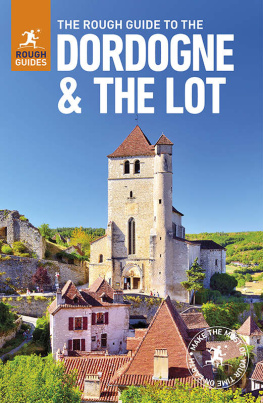
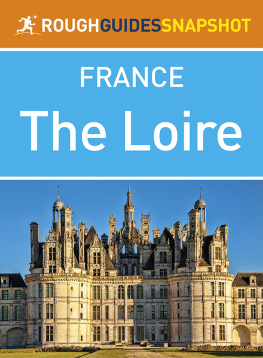
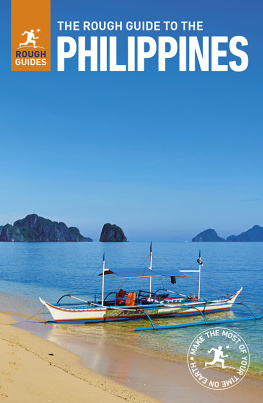
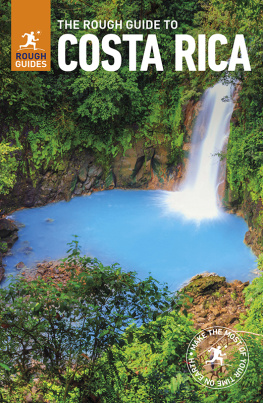
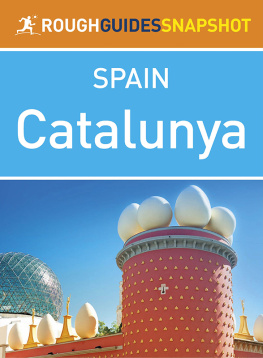
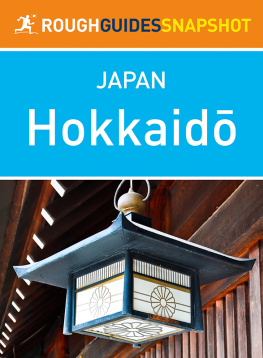
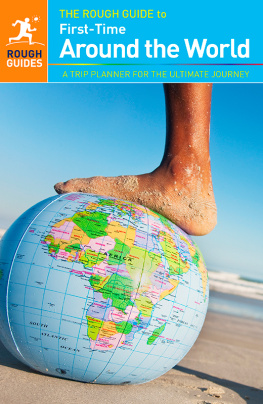


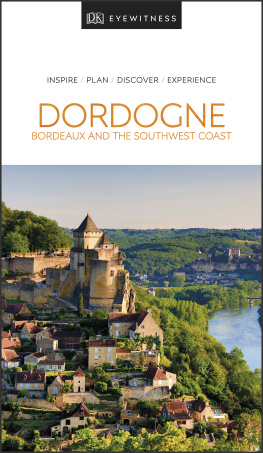
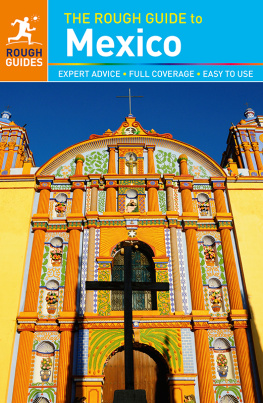
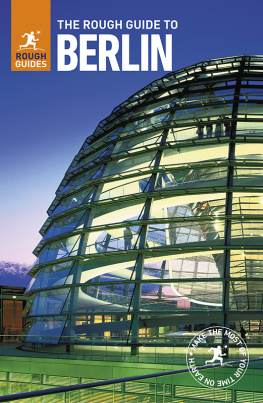
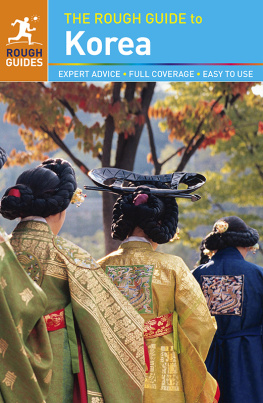
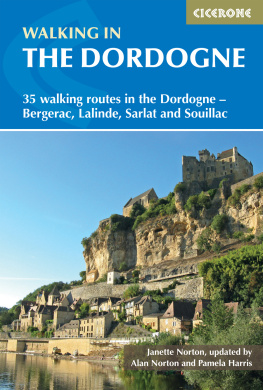

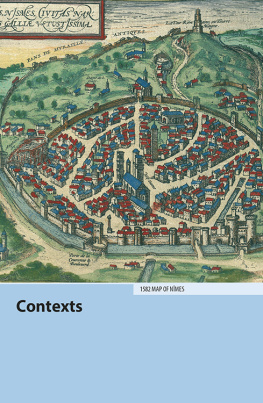
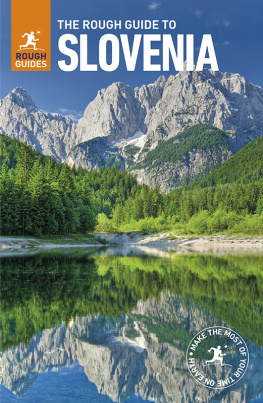

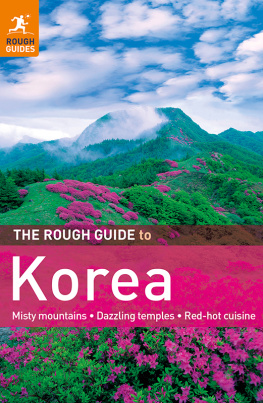
 . You can select your own favourites and create a personalized itinerary by bookmarking the sights, venues and activities that are of interest, giving you the quickest possible access to everything youll need for your time away.
. You can select your own favourites and create a personalized itinerary by bookmarking the sights, venues and activities that are of interest, giving you the quickest possible access to everything youll need for your time away.